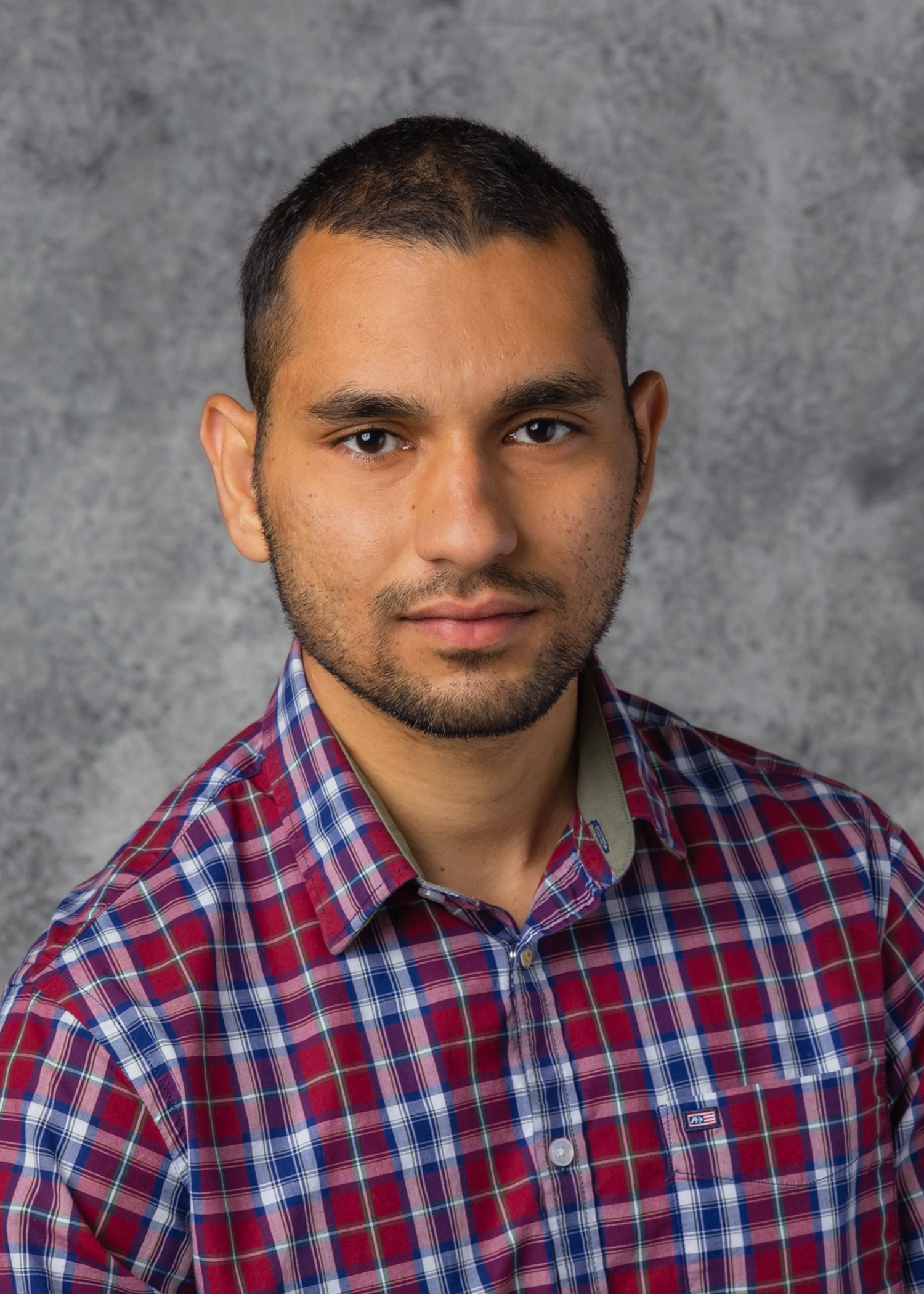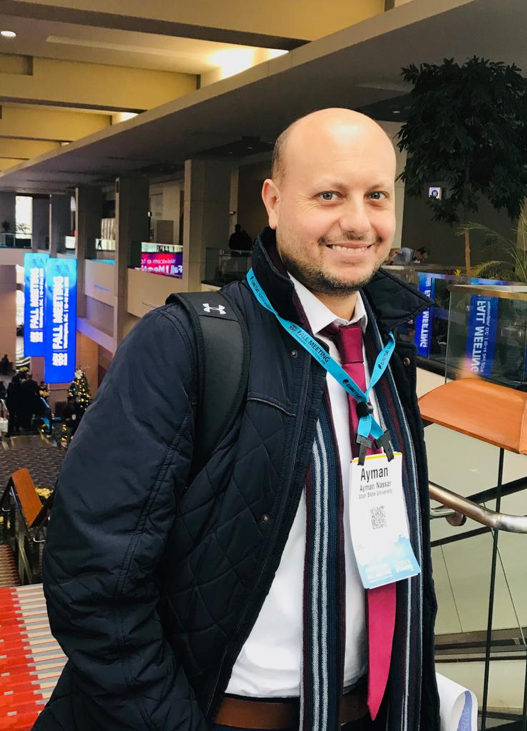2020 FACT Fellows
Abhinav Sharma
Title: An integrated modeling approach to evaluate the effects of dam removal on river corridors through the lens of the watershed
Abstract:
Over 1000 dams have been removed in the US during the last 30 years and the number is predicted to increase in the future due to ecological and economic benefits. My Ph.D. project aims to develop a methodology that uses numerical modeling, data analytics, and remote sensing to quantify the impact of multiple dam removals on a watershed scale. Currently, we are testing the methodology for the well documented Elwha river dam removals, and then intend to use Google Earth Engine to simulate the long-term sediment pulse propagation after dam removal for a data limited watershed. The cyber training program will enable me to gain skills required to implement remote sensing imagery and data analysis using HPC for my dissertation, but more importantly promote research transferability to current graduate students via graduate courses and departmental graduate student association seminars, and research reproducibility using github. Eventually, I would like to use a single high-performance platform to execute the integrated approach for modeling different natural systems.

Andrew Hamilton
Title: Using FAIR principles to improve the usability of a food-energy-water system simulation model
Abstract:
Water, energy, and agricultural systems are inextricably linked, especially in water-stressed regions like California. Decision-makers within this system are faced with significant uncertainty, from hydrology and climate to future economic conditions and regulatory environment. The California Food-Energy-Water System (CALFEWS) is a new open-sourced, Python-based simulation model that captures the multi-scale, multi-sector dynamics of water supply in California, including conjunctive use of surface water and groundwater in the Central Valley. I plan to use the tools learned at the FACT workshop to improve the findability, accessibility, interoperability, and reusability of the CALFEWS model. This will include the archiving of data, the improvement of project organization and metadata, and the development of a tutorial for downloading and running the model and analyzing the output data. I also plan to develop a teaching module on FAIR data and open-source coding principles to be used in an introductory course on programming for environmental research.

Ayman Nassar
Title: Python Tools for the Use of High-Performance Computational Resources in the Context of sUAS Remote Sensing with Application in Evapotranspiration
Abstract:
Evapotranspiration (ET) is a key component that needs to be routinely monitored to track the dynamic change in the water cycle and water demand. One model used to estimate ET is the Two-Source Energy Balance (TSEB) model, implemented in Python language. However, executing this model at a local computer constitutes an issue due to large data files. On the other hand, for results validation, 2D flux footprint models for Eddy Covariance (EC) flux systems are used. These models are implemented in MATLAB code, which results are then brought into an ArcGIS environment for data aggregation with a final comparison of surface energy fluxes in Excel files, making the production and validation processes of sUAS ET complicated. The overall objective of this proposed research is to develop tools in Python language that can take advantage of access to HPC resources to integrate remote sensing models being used to estimate evapotranspiration (ET).
